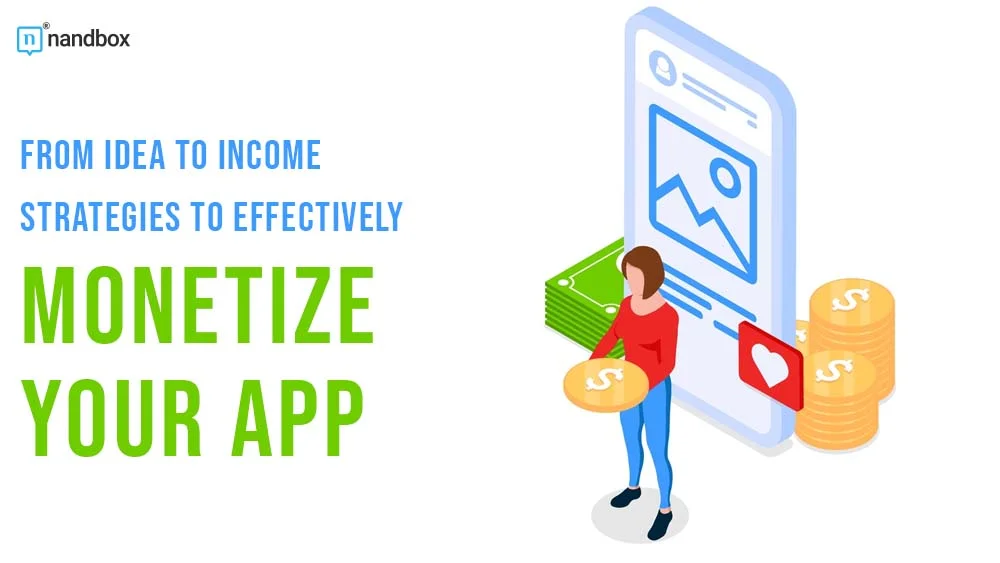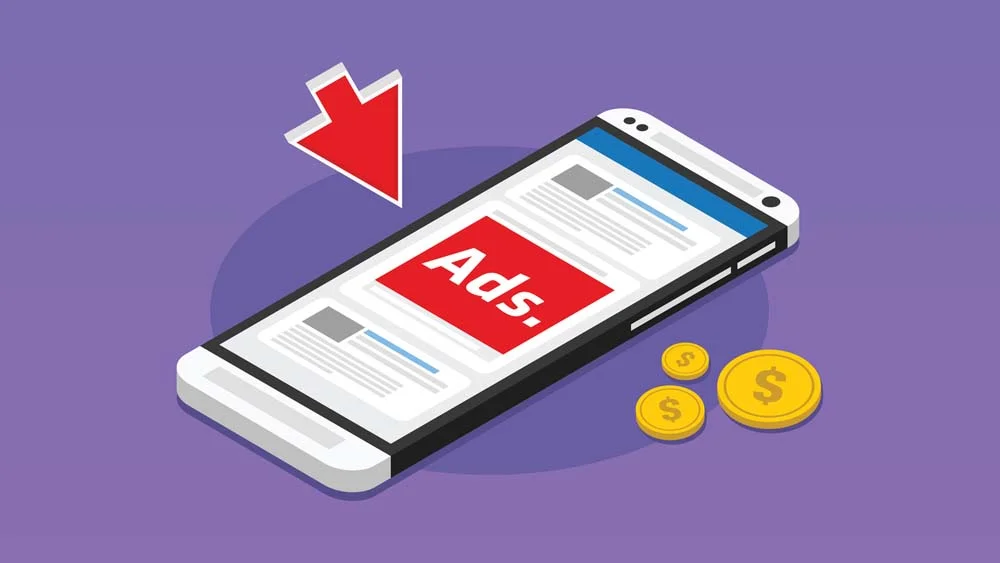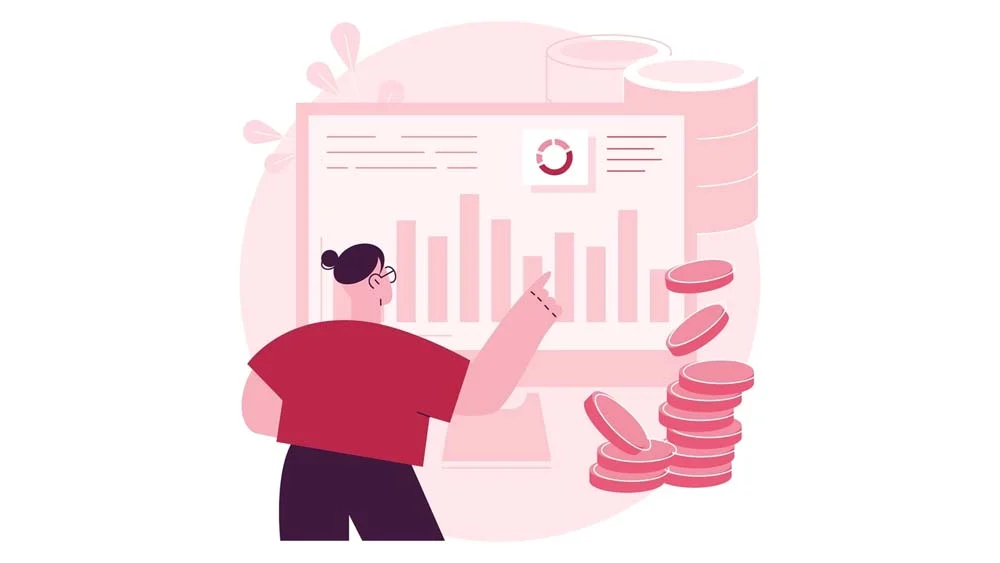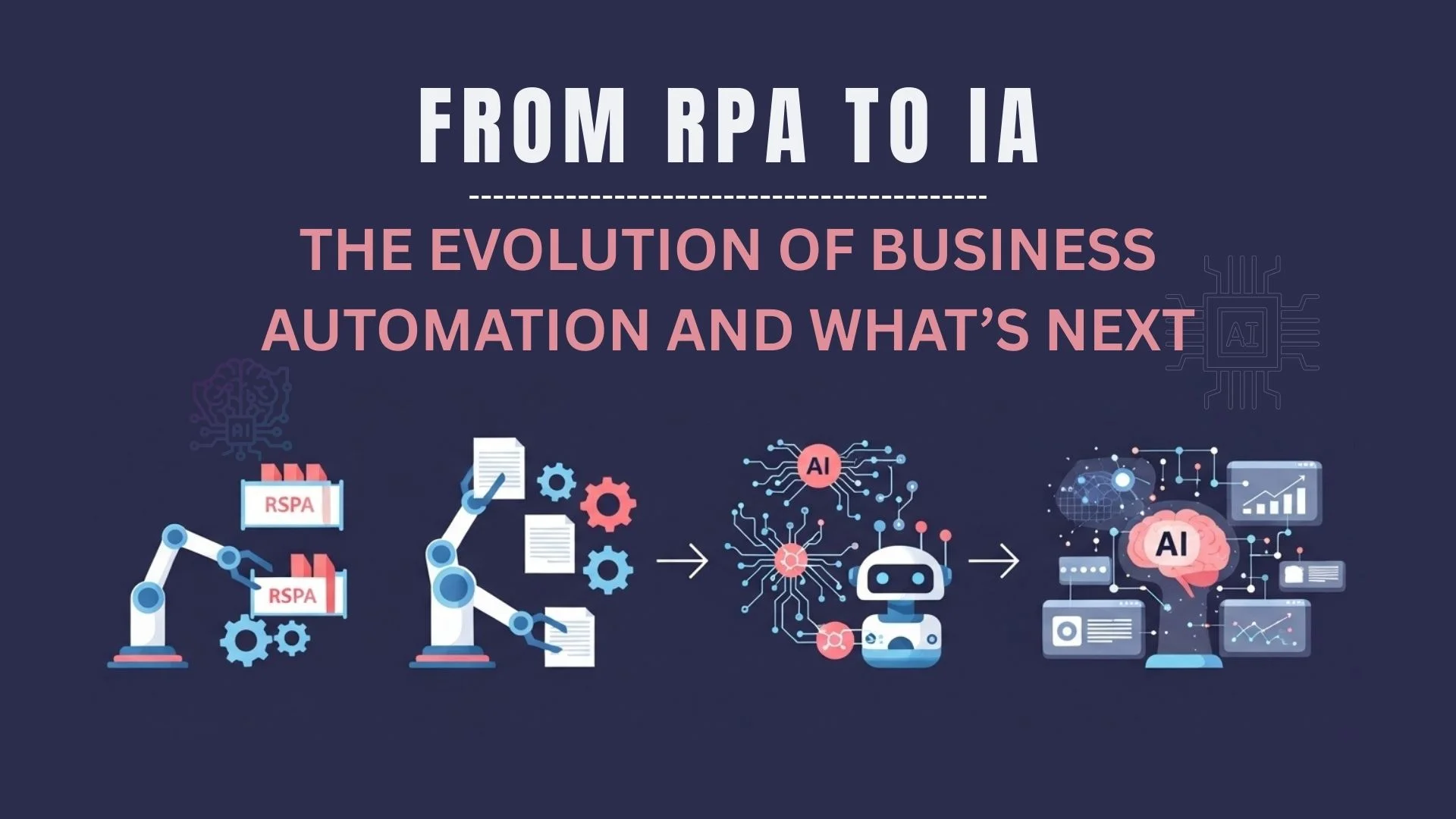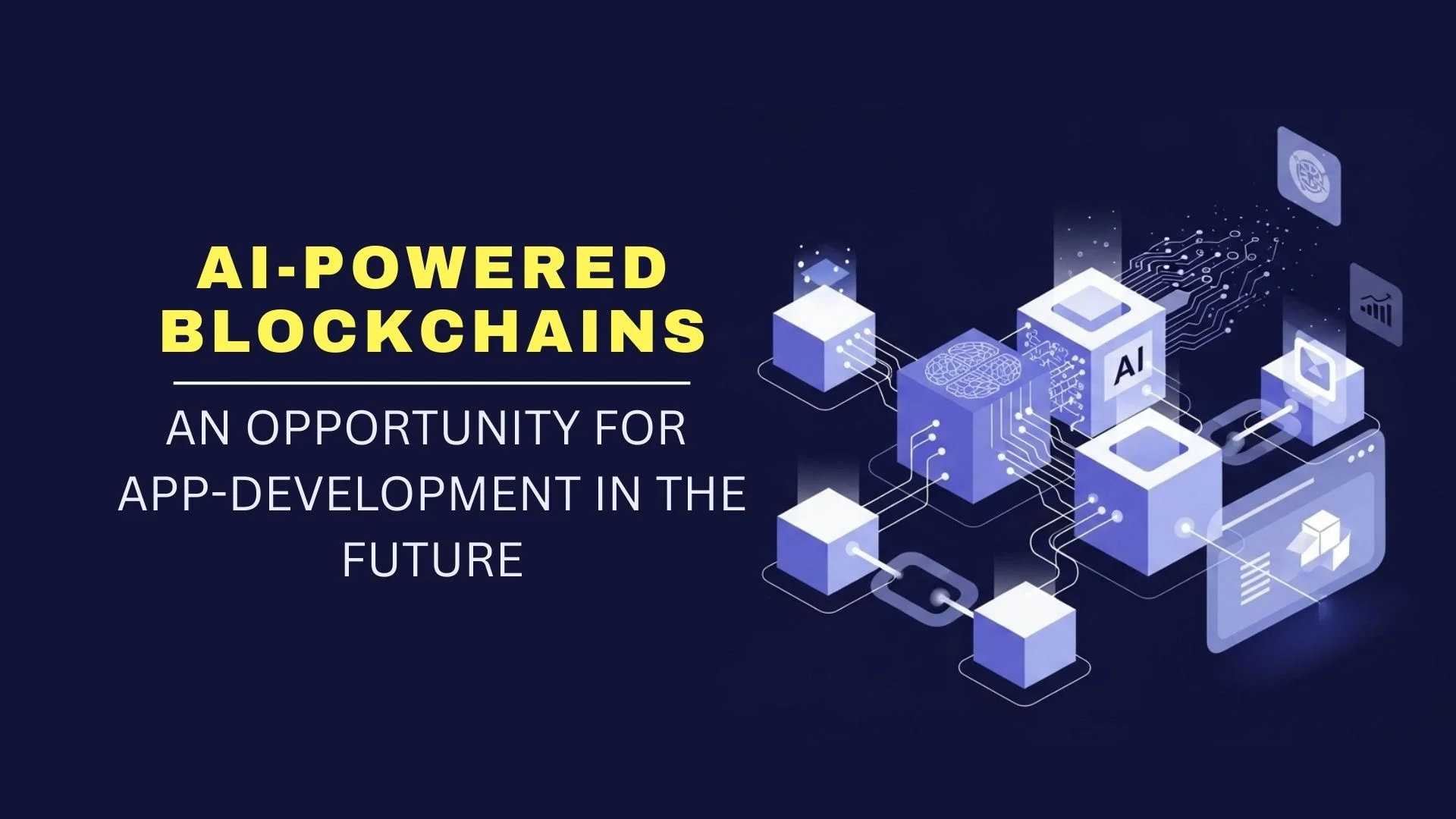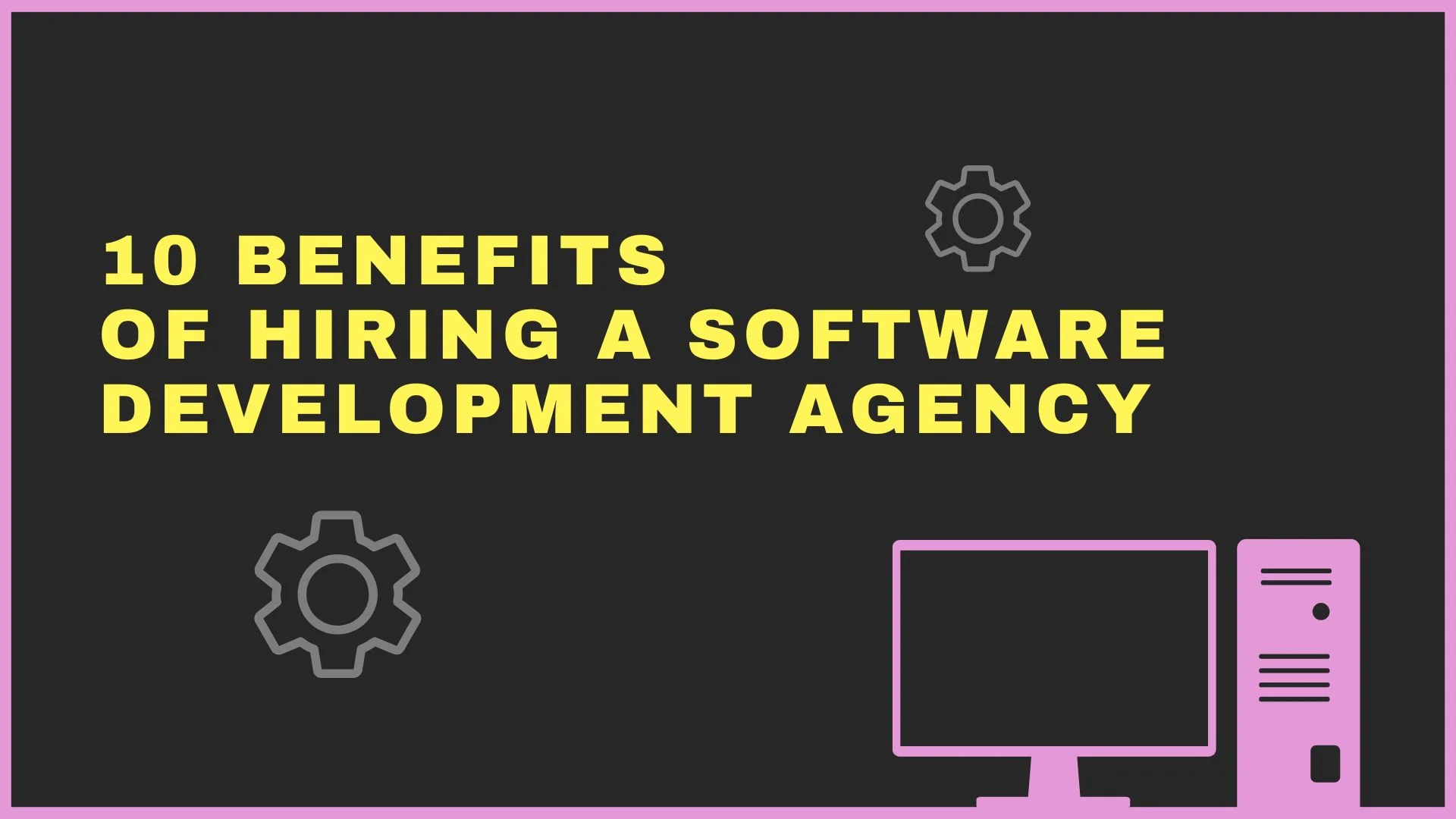So, you’ve come up with an idea for an app. Wonderful. Congratulations! Just one question, though: How are you going to turn it into actual income?
It’s one thing to build an app, but it’s another to create a sustainable revenue stream from it, which is where choosing the right monetization strategy comes into play.
App monetization is the backbone of any successful app. Whether your app is free or paid, your goal is to generate revenue while keeping your users happy. It’s a tricky balance to strike because no one wants to feel like they’re being milked for every dollar, but at the same time, you don’t want to leave money on the table. The key is determining which monetization model fits your app’s personality, audience, and long-term goals.
Choosing the right model is easier said than done. Pick the wrong one, and you could frustrate your users or, worse, watch them leave in droves. Let’s take a look at some of the options you have to turn your app idea into dollars.
1. Freemium Model
The freemium model is a teaser trailer for your app. It gives users just enough to get hooked but leaves them wanting more. It’s a strategy where you offer the basic version of your app for free and charge users for premium features, additional content, or enhanced services. The freemium model is perfect for attracting a large user base since there’s no upfront cost, and it can also be a revenue driver as users unlock the paid features they find valuable.
Take Spotify as an example—users can listen to music for free but have to deal with ads. Pay a monthly fee and suddenly, your listening experience becomes a whole lot smoother.
Tips for implementing Freemium successfully:
- If your free version is too generous, users won’t feel the need to upgrade. On the other hand, if the free version feels too restrictive, they might abandon your app altogether.
- App personalization is your best friend in the freemium world. Tailoring premium features based on a user’s preferences or behavior can gently nudge them toward upgrading.
- If your upsell is too aggressive, it could negatively affect the user experience—don’t make users feel bombarded by ads or constant reminders to upgrade, as this leads to frustration and, ultimately, churn.
2. In-App Advertising
It’s simple—generate revenue by displaying ads directly within your app. The key, however, is offering relevant ads that don’t interfere too much with the user experience. In-app ad revenue is projected to hit a staggering $226 billion by 2025, so there’s that.
The types of in-app ads include:
- Banner Ads
Small, rectangular ads at the top or bottom of the screen. They’re unobtrusive, but they tend to have lower engagement rates.
- Interstitial Ads
Full-screen ads that show up at transition points, like between levels in a game. They demand the user’s full attention and can be considered as pretty annoying.
- Rewarded Videos
Give users something in return for watching the ad, like extra lives. These have high engagement because users want the perks.
Important note: Do not flood your app with too many ads, especially ones that aren’t relevant. Too many ads or poorly timed interstitial ads can feel intrusive and ruin the user experience.
3. Subscription Services
How do consistent revenue and long-term user engagement sound? That’s what you get with a subscription model: users pay a recurring fee to unlock access to exclusive content, features, or services that aren’t in the free version.
This model is especially popular in media streaming services like Netflix and productivity apps like Adobe Creative Cloud. If your app can create a sense of ongoing value, it encourages the user to stick around and keep paying.
To implement a subscription model:
- Offer multiple tiers or packages rather than forcing them into a one-size-fits-all plan.
- Make sure free users can use basic features but have limits on certain things (plus, they have to watch ads).
- The subscription should offer something that can’t be found anywhere else (ad-free access, premium content, or advanced features).
- Consider offering discounts for commitments to longer subscription periods.
4. In-App Purchases
Giving users the option to buy virtual goods, additional features, or content directly within the app offers a beneficial level of flexibility. Users only buy the extras they actually want, tailoring the app experience more to individual needs.
If done right, this can actually double as a way to enhance engagement by offering users features or goods that make the app more fun, useful, or efficient. The key is making the purchaseable item feel like an enhancement, not a necessity. Users should still be able to enjoy your app without feeling pressured to purchase.
There are two in-app purchase options:
- Consumables
Purchases that can be used up and need to be bought again. The in-game currency in Pokémon GO is a great example of this. Players can earn the in-game currency through gameplay, but if they want to progress faster or access premium items, they can buy more with real money.
- Non-Consumables
One-time purchases that unlock permanent features or content. Many apps charge to remove ads or unlock premium content, but once bought, the user has access to that feature forever.
Trust is vital with in-app purchases and to give users peace of mind, they need to have access to secure payment methods like a digital credit card to enhance security.
5. Affiliate Marketing
You can monetize your app by promoting third-party products or services. When users purchase through your referral links, you earn a commission, providing revenue for you without imposing extra costs on your users. If you can find brands that align with your app’s niche or audience, feature them within your app (banner ads, in-app content), and a user makes a purchase, you’ll earn a percentage of the sale.
Affiliate marketing can also add value to your app. By choosing brands that resonate with your audience, you can introduce them to products or services they might genuinely be interested in. Over time, as your app drives more sales, you can open up new opportunities for exclusive deals, higher commission rates, or co-branding endeavours.
The key is to affiliate with products or services that align with your app. Users are more likely to purchase if the offer is relevant to their interests or needs. You should also consider weaving affiliate promotions into your in-app content as a more natural, less intrusive experience.
6. Sponsorships and Partnerships
Along the same vein of teaming up with brands, collaborating with companies that can sponsor your app or specific content can bring in substantial revenue (while enhancing your app’s credibility and reach).
Sponsorships typically involve a brand becoming an investor of your app and receiving exclusive advertising in return. They may want their logo or branding in parts of your app or product placements in the content.
The bonus element of this is that partnering with reputable brands will generate revenue and increase your app’s credibility. Users may feel more confident using your app when they see it backed by well-known companies. There are also cross-promotion opportunities where the sponsor helps promote your app to their audience.
Much like with the affiliate approach, just remember to partner with sponsors that align with your app’s user base. It’s also a good idea to clearly define the terms of the sponsorship. You don’t want users to feel that the sponsored content compromises the overall app experience.
7. Data Monetization
Collecting and selling anonymized user data to other businesses for market research revolves around gathering data about user demographics, preferences, and behavior patterns. This is like digital gold for businesses looking for insights and decision-making support. Now, this can be highly profitable, but it must be done ethically and fully comply with data protection regulations.
Your users absolutely have to feel confident that their information is being handled responsibly, and transparency is key to building this trust. It’s critical to ensure that any data collected is anonymized before it is shared or sold. This removes personally identifiable information so individual users cannot be tracked. Users will also need to be made aware of any data collection activities and give explicit consent before their data is used.
Data privacy regulations are continuously evolving, so it’s essential to stay updated on legal requirements based on your region (and yes, every area is slightly different).
Monetizing your app effectively transforms your idea into a sustainable income source
Implementing these seven strategies can help you find the model that best suits your app and audience. Remember, the user experience should always come first; a satisfied user base is more likely to contribute to your revenue streams.
Ready to bring your app idea to life and start earning? Visit nandbox.com to create your app without any coding skills and implement these monetization strategies with ease.
